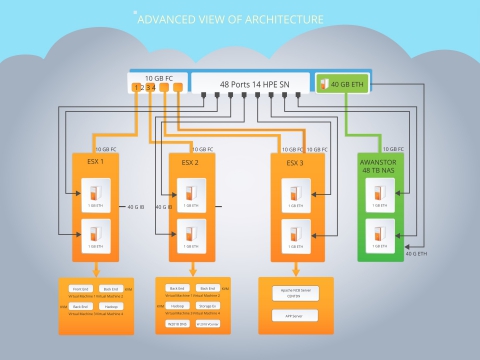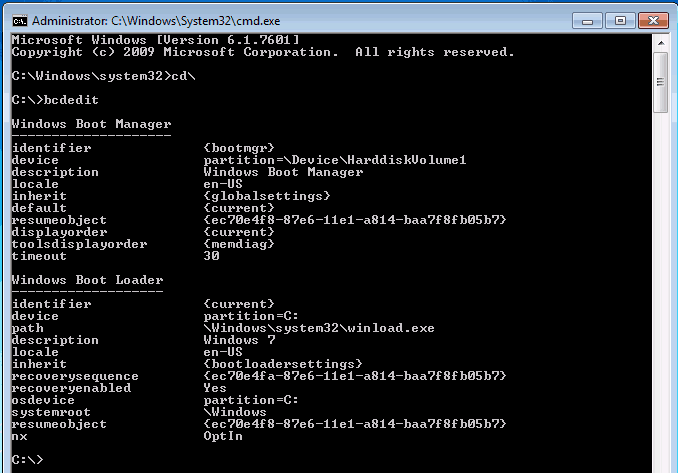


Customers will pay for Azure hosting for workloads, which may include RDSH servers, virtual desktop infrastructure (VDI) desktops based on Windows 10 or a new option based on a multiuser version of Windows 10. The WVD control plane will be free for Microsoft 365 E3, E5 and F1 customers, as well as Windows E3 and E5 customers. Subsequently, in 2018, Microsoft announced that it would use RDmi for a new cloud-based desktop and application offering called Windows Virtual Desktop (WVD). RDmi is an easier way to enable multi-tenant RDS deployments. RDmi uses Microsoft Azure Active Directory for authentication, and workloads - such as RDSH servers - must run in Azure. The company provides infrastructure roles for RD Connection Broker, RD Web and RD Gateway as Azure Web App services, instead of individual servers. In 2017, Microsoft announced a preview of new Azure-based infrastructure options for Remote Desktop Services under Remote Desktop modern infrastructure (RDmi). IT can install Remote Desktop Services on premises, in public clouds on top of infrastructure as a service (IaaS) or in hybrid deployments. Remote Desktop Services supports virtualized graphics processing units (GPUs), to enable graphically intensive applications. Other products can provide their own brokers, display protocols, clients and management infrastructure. How Microsoft Remote Desktop Services worksĬompeting products such as Citrix Virtual Apps and VMware Horizon Apps use the RDSH server role. Microsoft provides Remote Desktop clients for Microsoft Windows, Apple macOS, Apple iOS, Google Android and HTML5-capable browsers. Remote Desktop Services infrastructure roles implemented in Windows Server include RD Connection Broker, RD Gateway, RD Licensing and RD Web Access. RDSH contains session-based sharing capabilities that allow multiple users to access desktops and applications simultaneously on a single instance of Windows Server. The primary workload role, hosting Windows desktops and applications, is Remote Desktop Session Host (RDSH).

IT can implement Remote Desktop Services using multiple instances of Windows Server performing various roles. Users can access desktops and applications - also known as Microsoft RemoteApp - from various types of client applications and devices, including non-Windows devices, via Microsoft's Remote Desktop Protocol ( RDP). Remote Desktop Services (RDS) is an umbrella term for features of Microsoft Windows Server that allow users to remotely access graphical desktops and Windows applications.


 0 kommentar(er)
0 kommentar(er)
